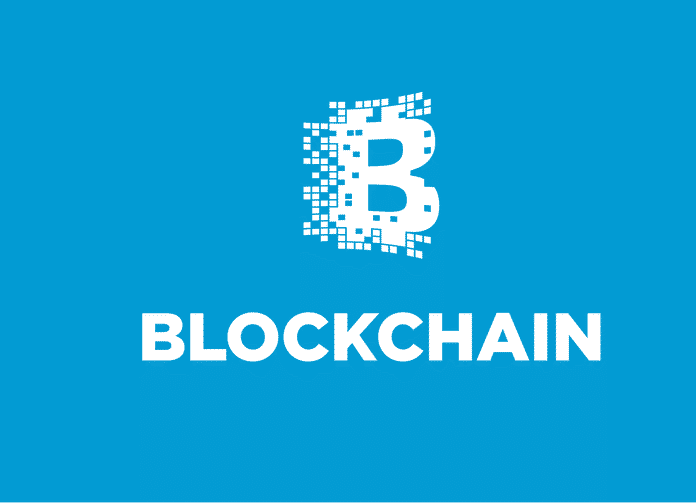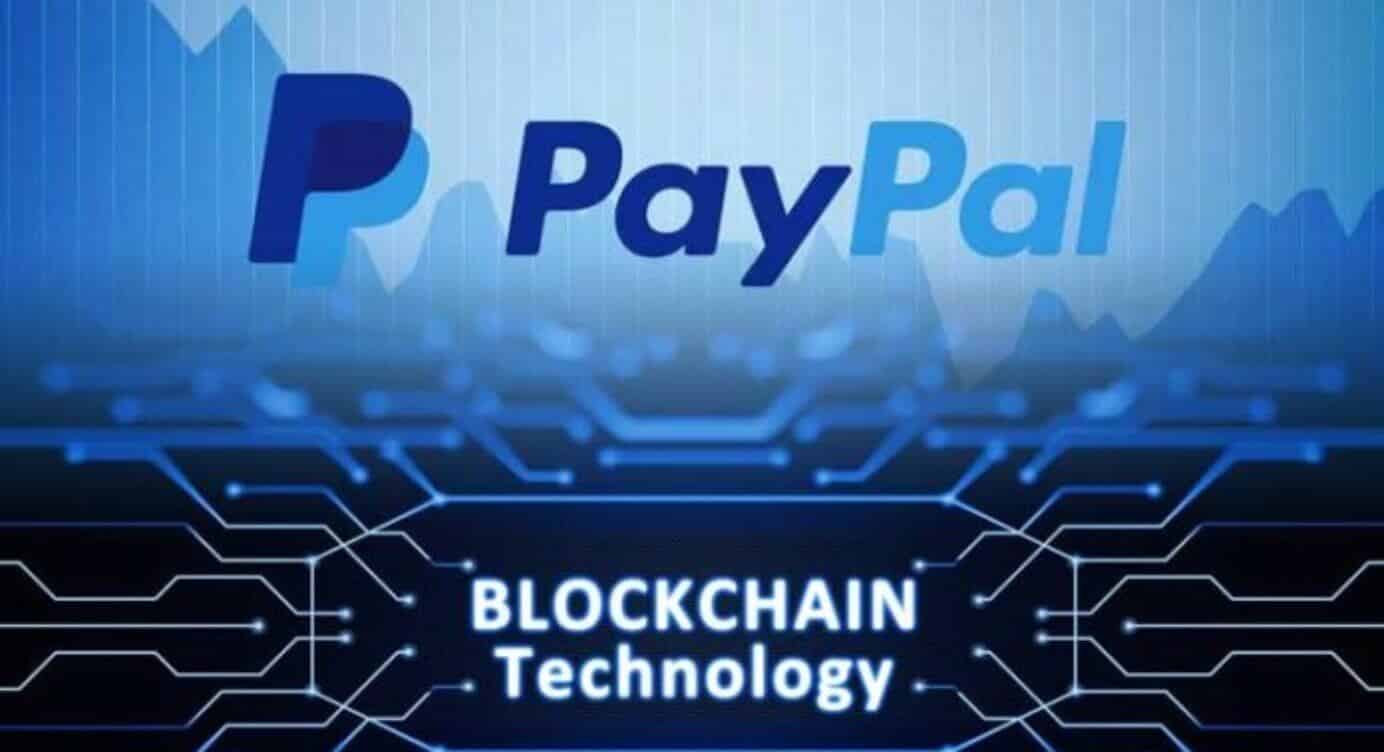
Blockstream Publishes Test Code Proposed For Potential Upgrade Bitcoin Blockchain
According to a recent announcement made on Feb. 18, the blockchain tech firm ‘Blockstream’ released a Schnorr-based multi-signature test code for a potential upgrade to the Bitcoin blockchain. This change in the code is likely to be one of the biggest coming upgrades to bitcoin. A technology is known as “MuSig” has been added by Blockstream in an attempt to its test cryptographic library. This is, in turn, enable the developers to work around the Schnorr signature scheme and find bugs potentially.
MuSig can help scale the Bitcoin blockchain by reducing its transaction size and “improving both performance and user privacy in Bitcoin” as it hides the exact signer policy. The developer says about MuSig:
It is designed as “a protocol that allows a group of signers to produce a short, joint signature on a common message.” In addition to it, development of MuSig was done by establishing “a misuse-resistant API without sharp corners, and which doesn’t encourage dangerous usage patterns even in constrained environments.”
Andrew Poelstra, the Blockstream mathematician announced in his blog post that:
“We’ve been turning MuSig from an academic paper into the usable code, and this week we merged that code into secp256k1-zkp, a fork of secp256k1, the high-assurance cryptographic library used by Bitcoin Core.” Poelstra added:
“To address these concerns, we started an initiative to design a new signature scheme, and a significant practical engineering effort to implement it in a robust and antifragile way.”
It’s a positive upgrade according to many of the Bitcoin developers. Some of them began thinking about new technologies which can be built using this upgrade as it is considered to be a more feasible and speedy system of payments on bitcoin. Polestra remarked that:
“As the bitcoin community is exploring the use of Schnorr signatures in bitcoin we hope that our code will eventually be merged into the upstream library secp256k1 used by bitcoin core and many other projects.”
However, the develops found a number of already published signature schemes at the initial stage of the MuSig development. It included an unpublished version of MuSig as well. The post further added:
“MuSig signatures, just like Schnorr signatures or ECDSA, use in their construction a secret ‘nonce’ which must be produced uniformly randomly. Any deviation from uniform, even by a single bit, can lead to secret key loss and stolen funds.”
Bitcoin halving is an event which happens once in every four years. It is expected to happen in May 2020 post which the amount of new BTC created and earned by miners will be divided in half. United States-regulated trading and clearing platform LedgerX launched LedgerX Halving Contract (LXHC) which is a new type of derivative contract dedicated to BTC only in an anticipation of the next halving. The product “allows you to get a fixed payoff if the next halving block (#630,000) happens before a certain date and time. If the block is discovered after, the contract expires at zero.”

